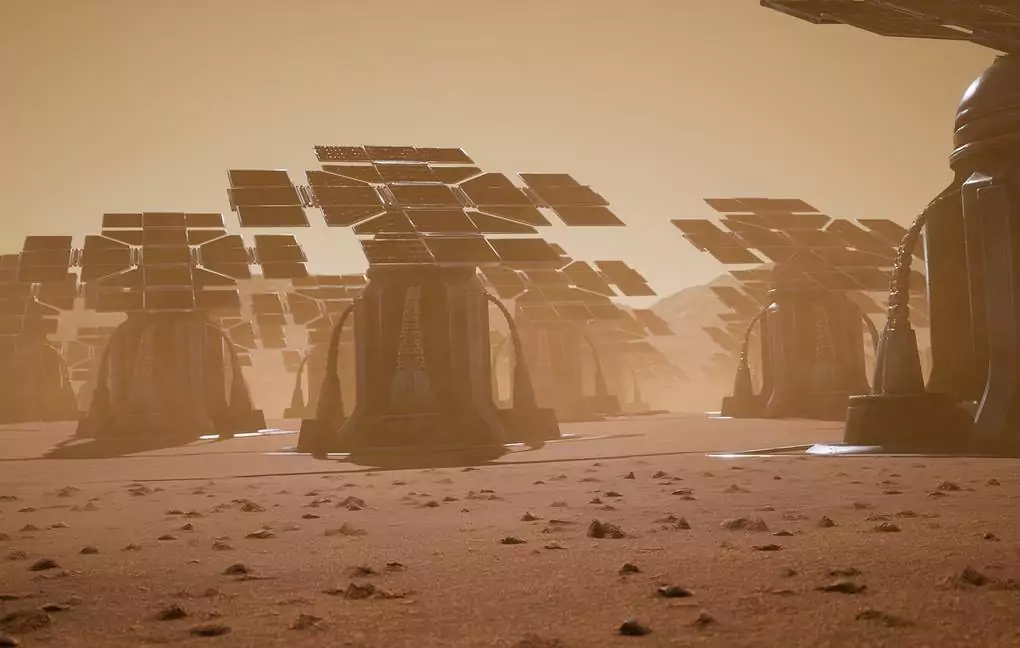Calculations of scientists unexpectedly showed that about 50% of the area of Mars solar panels in combination with hydrogen production systems will be more efficient, taking into account the cost of their delivery, than miniature nuclear reactors. First of all, this concerns the equatorial and tropical latitudes of the planet, which receive the maximum amount of light and heat.
These same regions of Mars are much easier and more convenient to colonize, including due to more favorable climatic conditions and the ease of take-off and landing of rockets and shuttles in the equatorial regions of the red planet. For this reason, engineers consider it more expedient to send solar panels to Mars, rather than compact nuclear power plants, to supply energy and heat to the first settlements on the surface of a neighboring planet.
